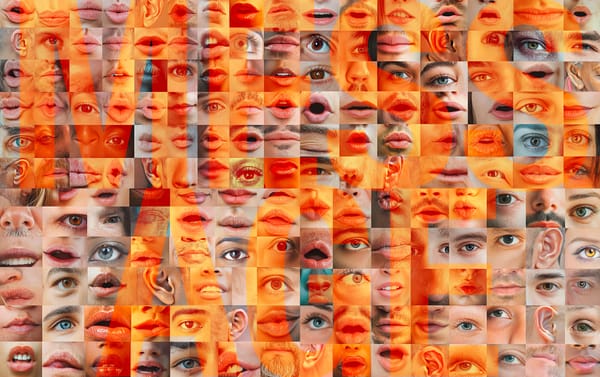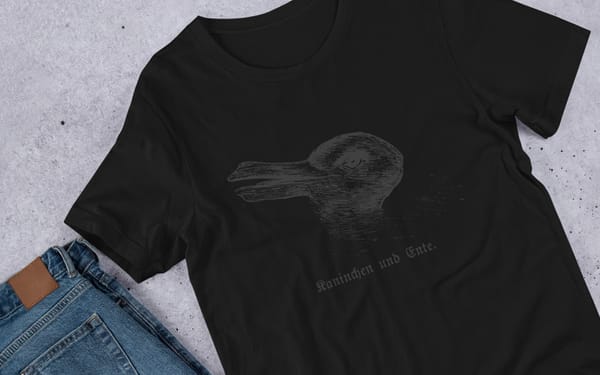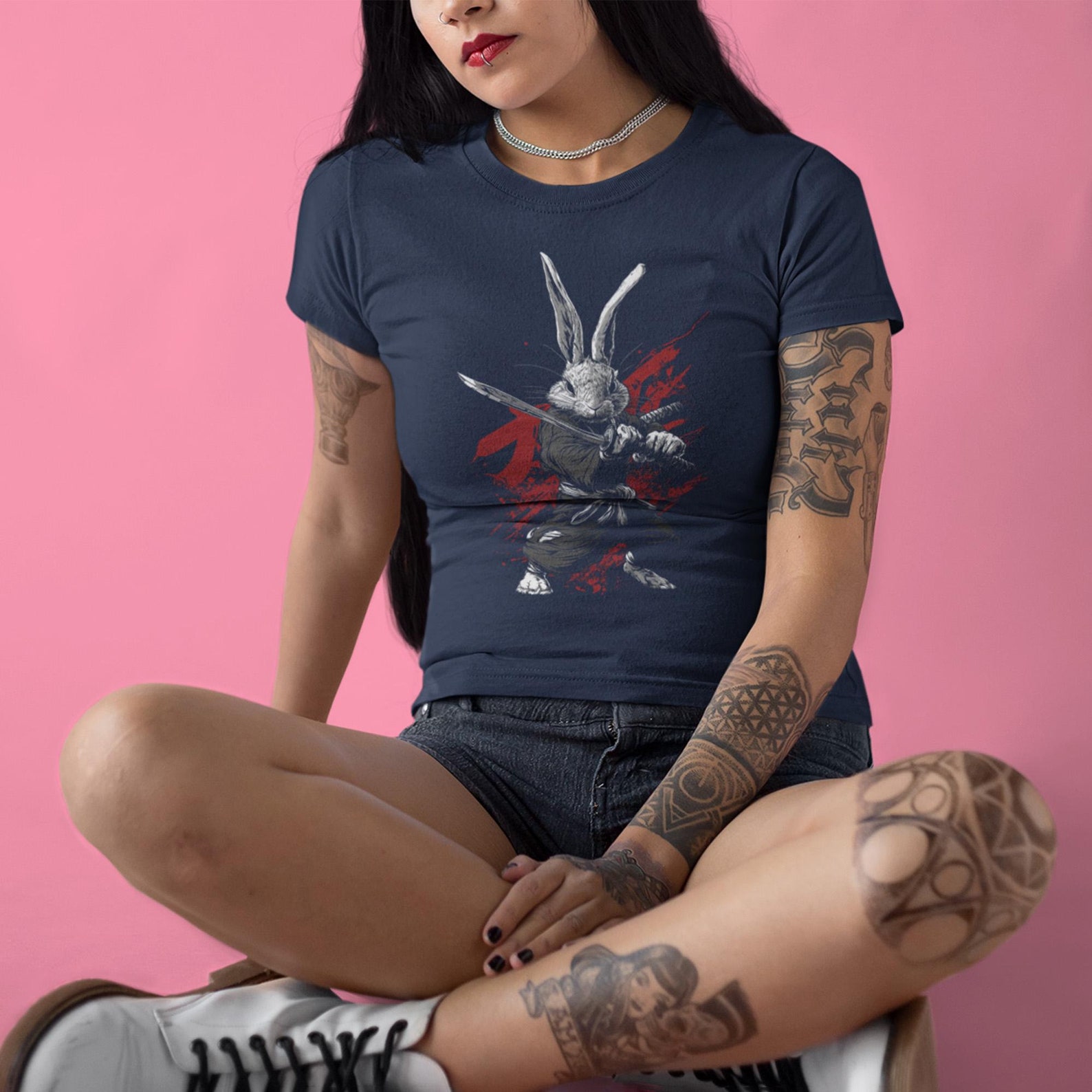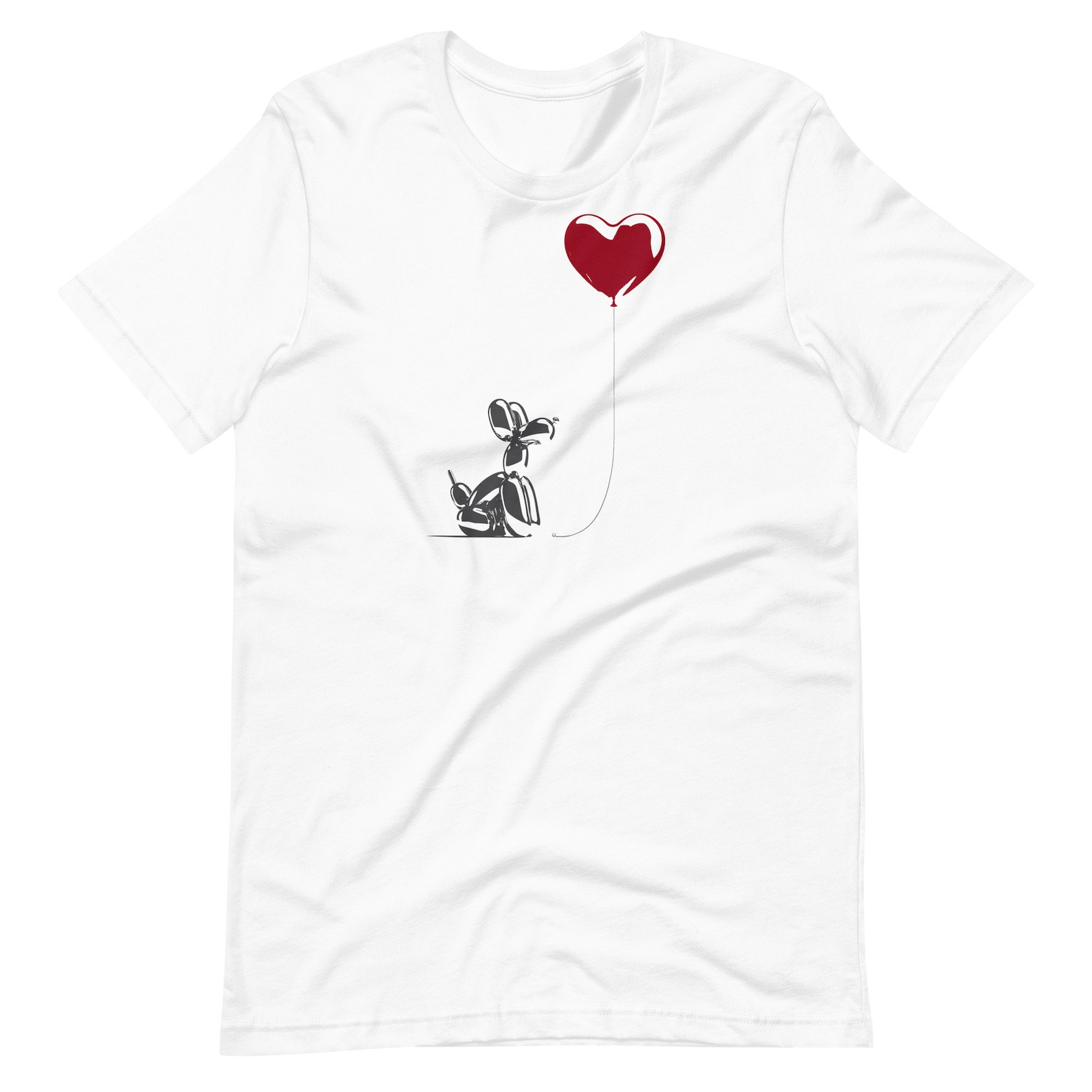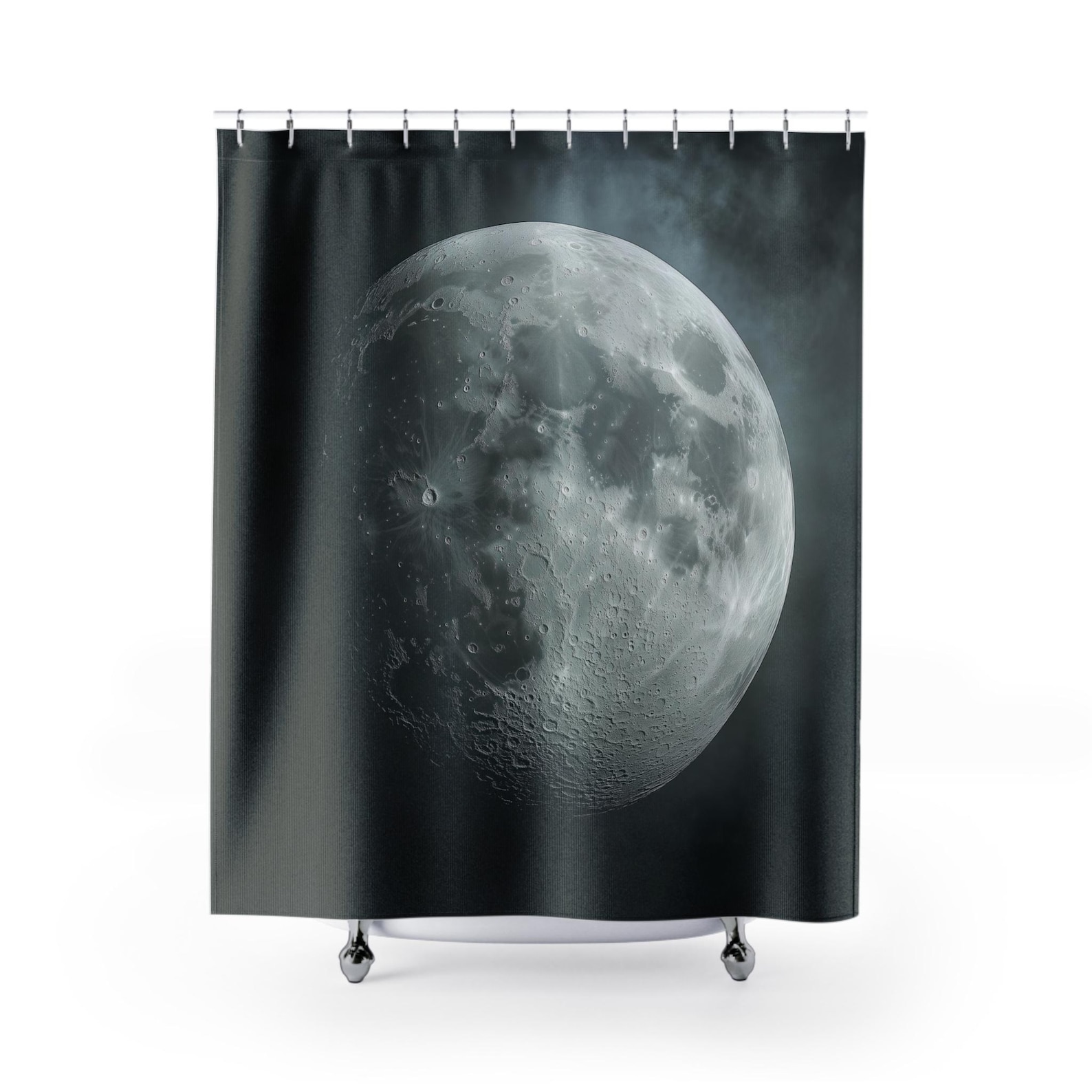Tattoo placement: Mastering the art of choosing the perfect spot
Your body is a canvas, your tattoo a masterpiece; discover the art of choosing the perfect placement to tell your story. Explore cultural significance, trends, and expert advice to make your ink a truly personal expression.
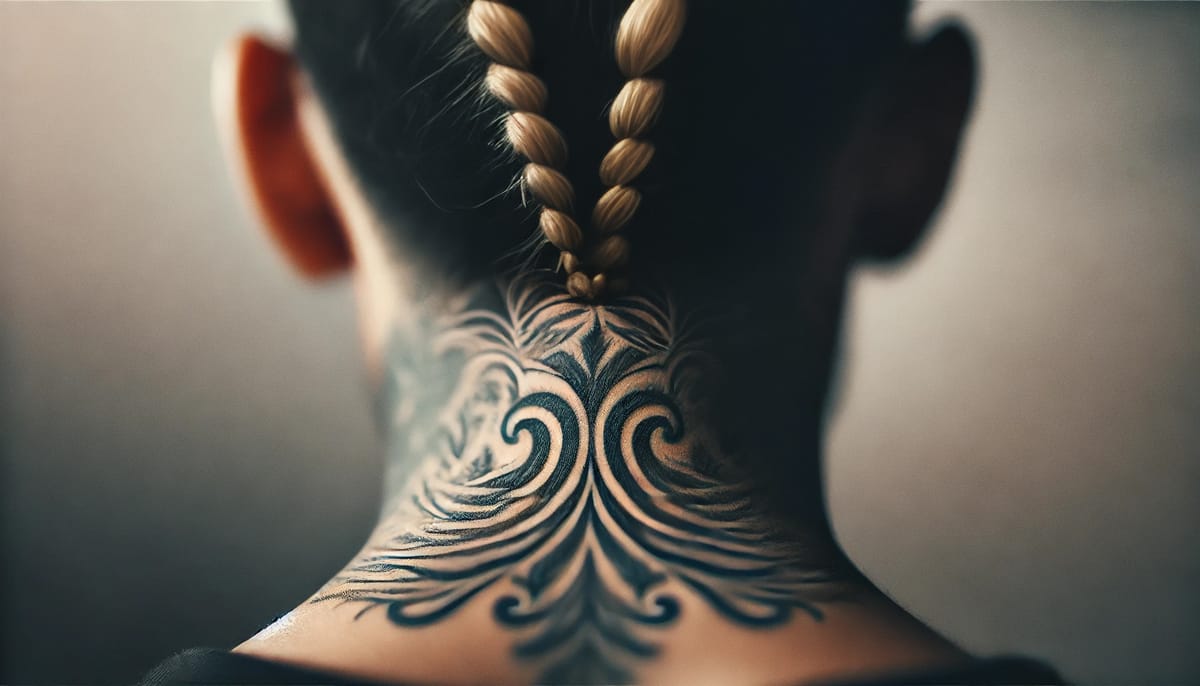
Exploring the intricacies of tattoo placement: Personal expression, aesthetic appeal, and cultural significance
When it comes to tattoos, the body is more than just skin—it's a living, breathing canvas for art. Every tattoo tells a story, and where you place it can add layers of meaning, intent, and style. From following your body's natural lines to making bold statements, tattoo placement is an art project in itself.
Your body: A unique canvas for self-expression
Imagine your body as a landscape, each curve and contour offering a unique opportunity for artistic expression. Just as a painter carefully chooses the canvas that best suits their vision, selecting the right location for your tattoo is essential. Your body's natural lines and shapes can enhance the design, transforming it into an integrated part of you.
Why placement matters: More than just aesthetics
- Personal Expression: Tattoos are powerful tools for self-expression. Placement amplifies this message, whether through a visible piece that sparks conversations or a hidden treasure with personal significance.
- Symbolic Resonance: Different locations on the body carry distinct meanings. A tattoo over the heart might symbolize love, while one on the wrist could represent strength or resilience.
- Aesthetic Enhancement: Sometimes, placement is purely about aesthetics. A design's flow can beautifully complement the shape of a muscle or bone, turning your body into a living masterpiece.
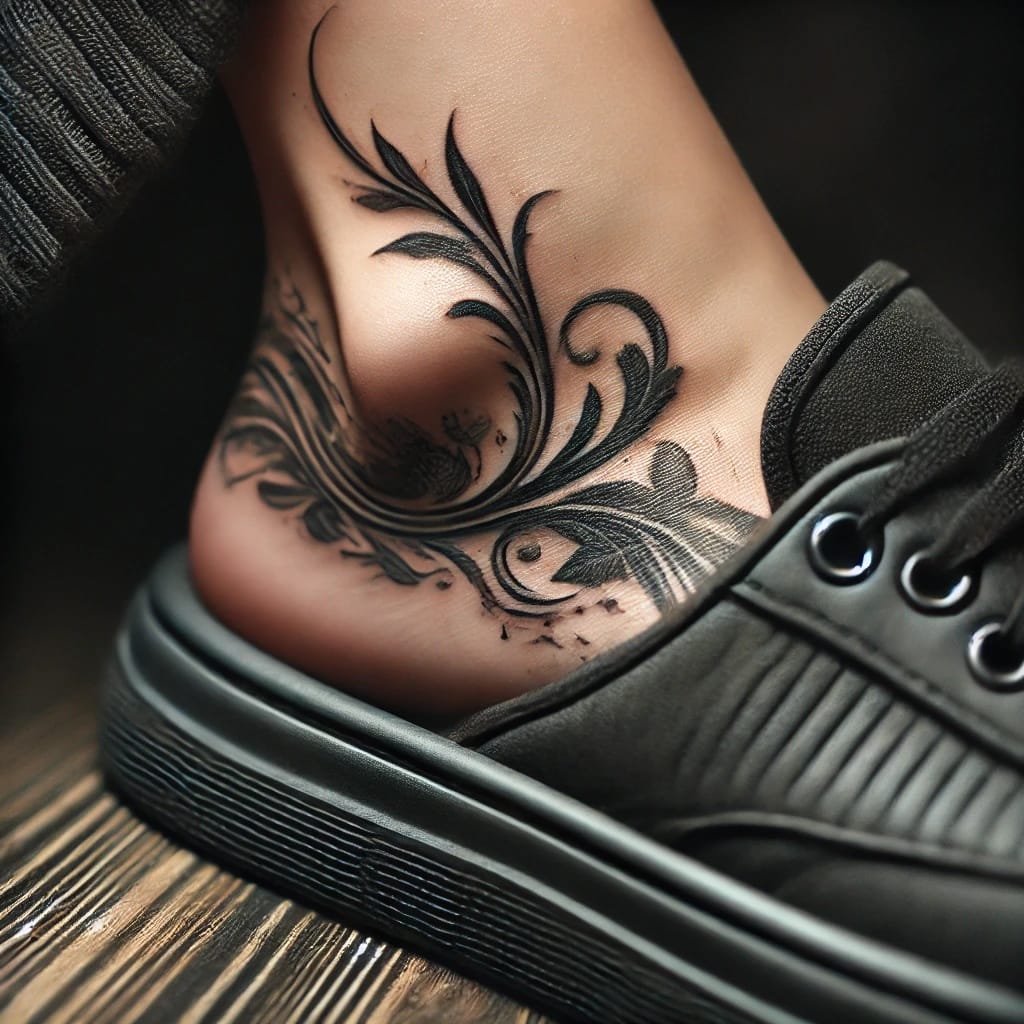
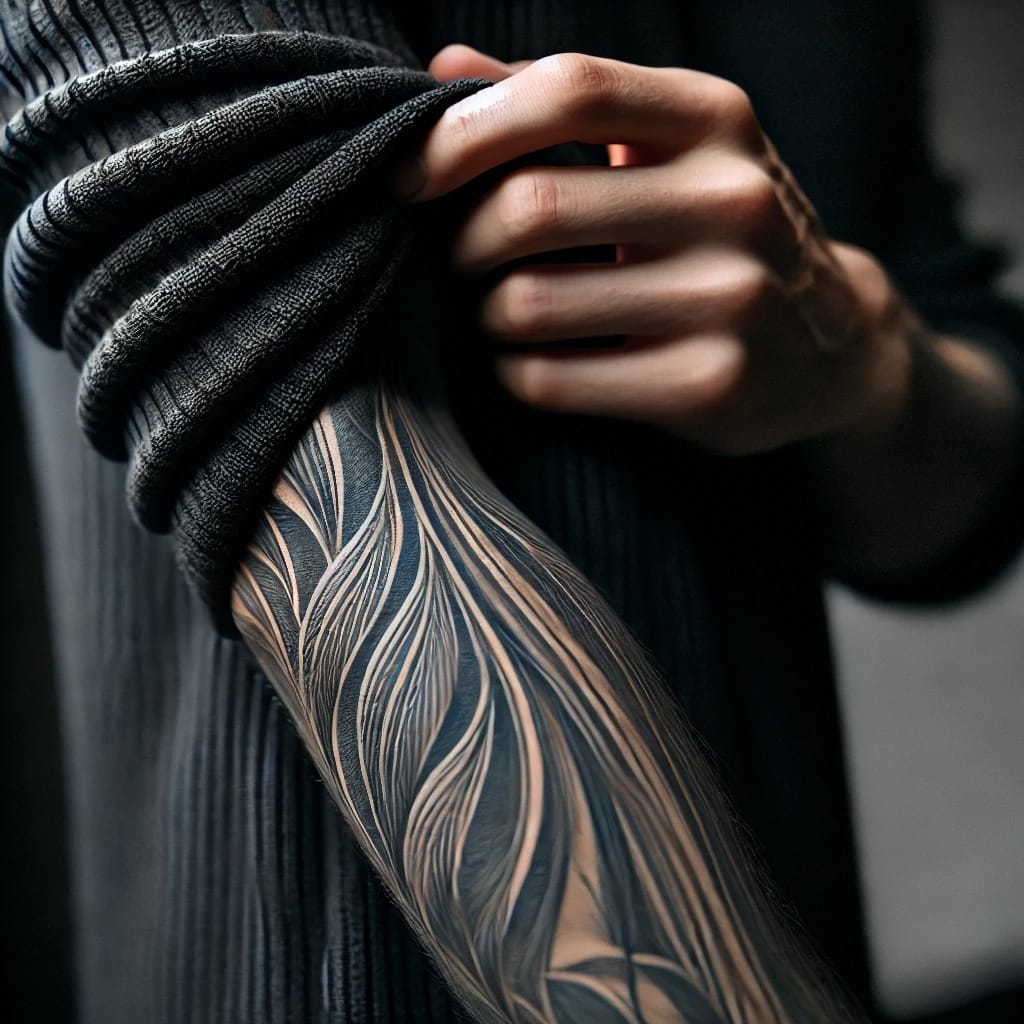
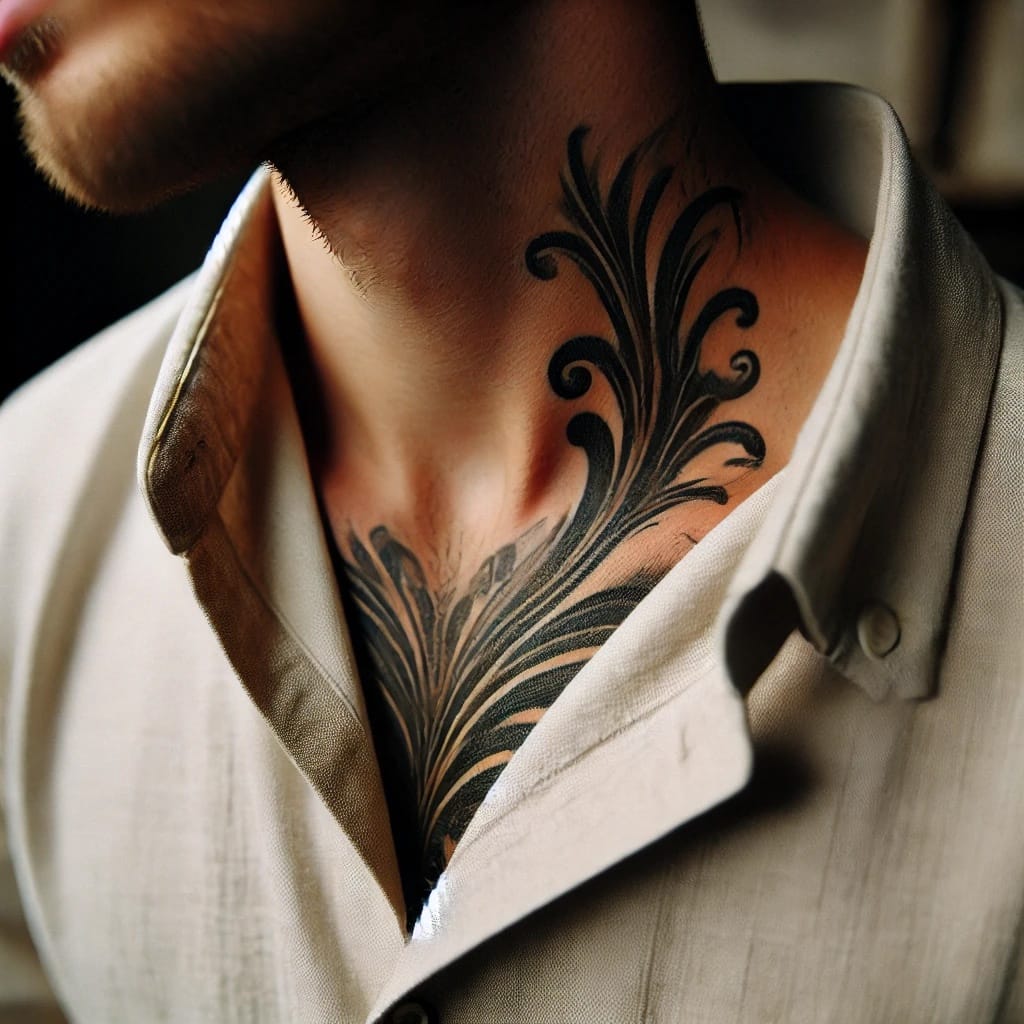
Placement as an art form: Creative inspiration
- Following Hems and Edges: Tattoos that trace the edges of clothing—like the hem of a sleeve or the waistband of pants—create a subtle yet captivating look. They can peek out playfully or remain concealed, adding an element of mystery.
- Making a Statement: Designs that extend slightly beyond clothing edges are intentionally bold. They tease the eye, inviting closer inspection and sparking curiosity.
- Intimate Secrets: Tattoos hidden beneath clothing can be deeply personal, shared only with select individuals. This adds an intimate layer to your body art, making it a cherished secret.
Practical considerations for placement
- Body Movement and Flexibility: Consider how the tattoo will look in motion. Areas with loose skin or joints might distort the design over time.
- Pain Tolerance: Different body parts vary in sensitivity. Choose a location with a pain level you're comfortable with.
- Professional Factors: If career concerns are a factor, opt for placements that can be easily covered by clothing.
Placement as a declaration: Independence and rebellion
Tattoos have a long association with independence and rebellion. Getting a tattoo can be a powerful assertion of self-ownership and defiance of societal norms. Placement can amplify this message:
- Visible Statements: Tattoos on the neck, hands, or face boldly challenge convention, claiming your space in the world.
- Hidden Messages: Tattoos on the ribs, hips, or upper thighs can symbolize personal rebellion, a secret known only to you.
Enhancing your canvas: Camouflage and accentuation
Tattoos can also cover up imperfections or accentuate natural beauty.
- Concealing Imperfections: Tattoos can artfully cover scars or blemishes, transforming them into something beautiful.
- Highlighting Beauty: A strategically placed tattoo can draw attention to your favorite features, accentuating your natural allure.
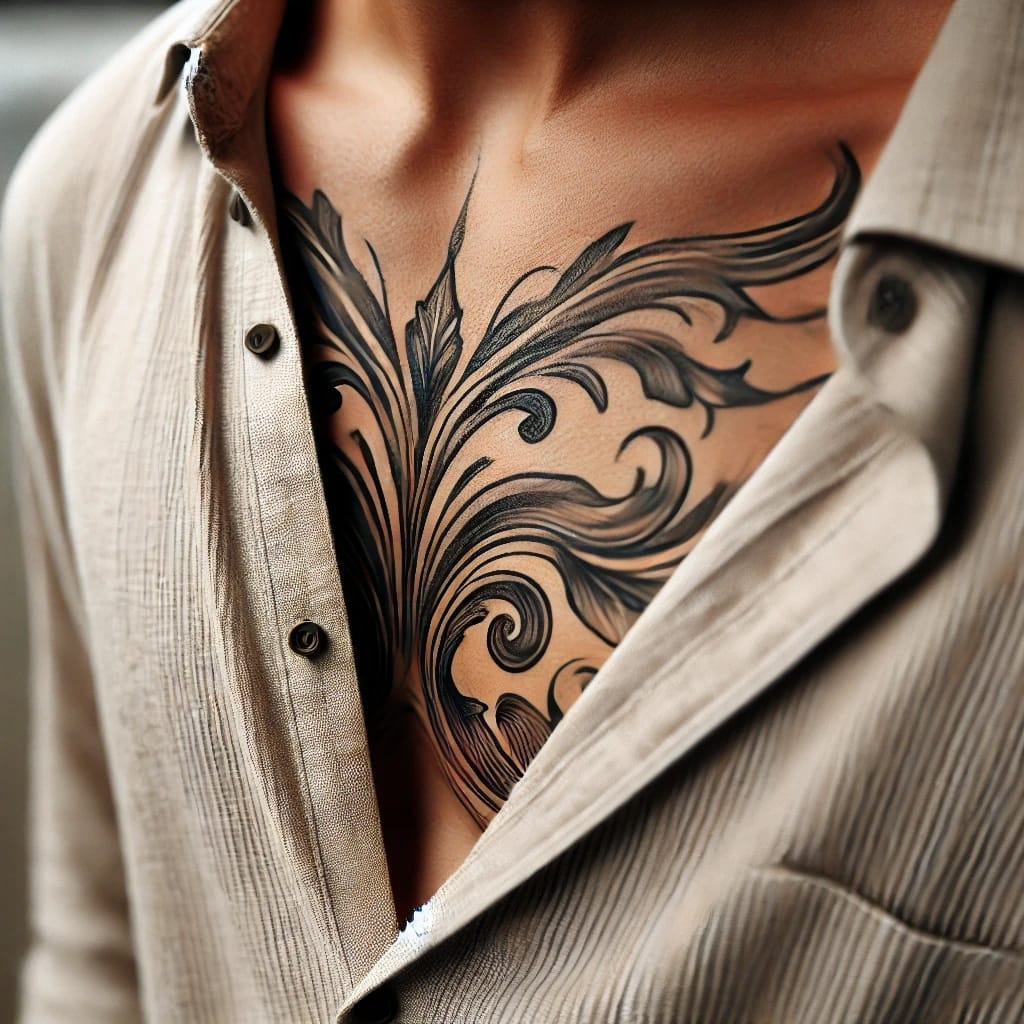
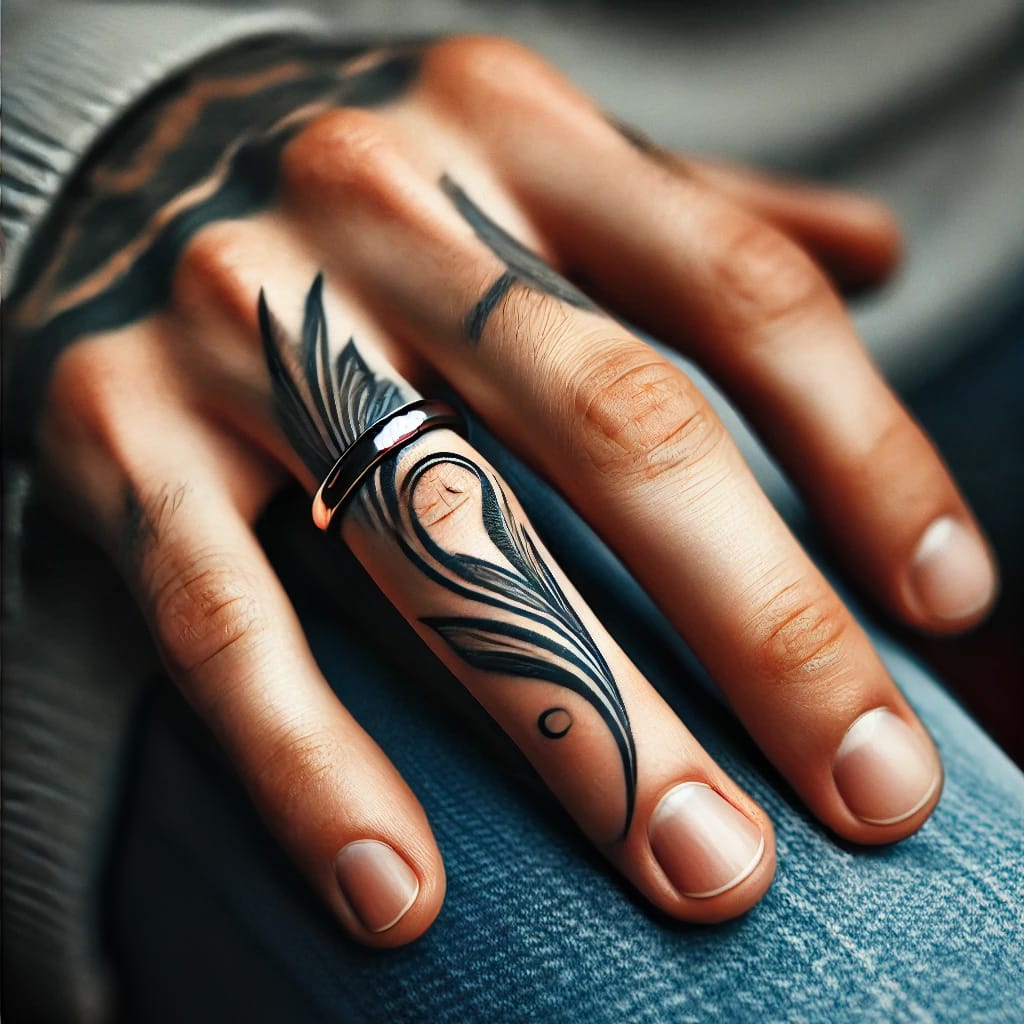
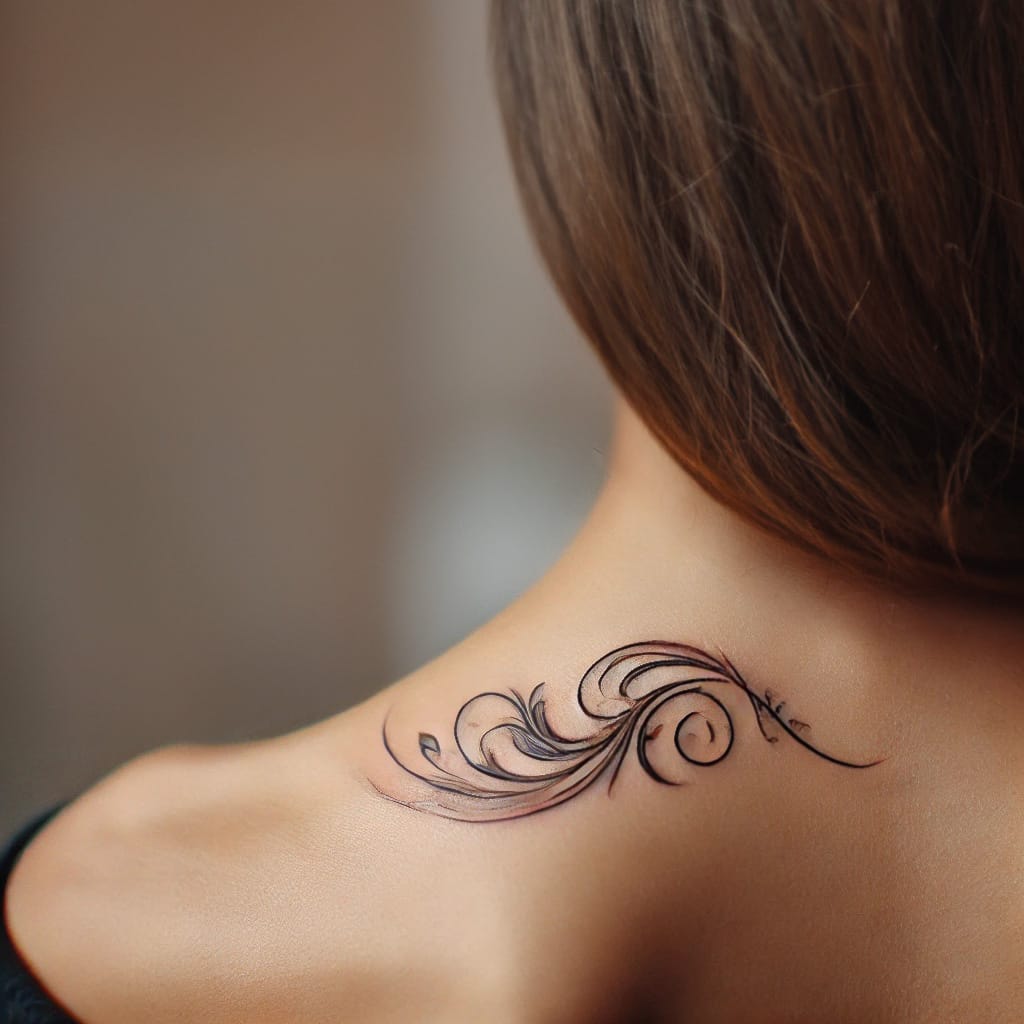
Tattoos as permanent adornments
Think of tattoos as permanent jewelry. Delicate designs on wrists and ankles mimic bracelets or anklets, while tattoos on collarbones and shoulders can resemble necklaces, adding a touch of elegance and sophistication. Small, minimalist tattoos behind the ear or on fingers offer subtle accents.
Placement and design harmony
The design of your tattoo should harmonize with its placement. Consider how the lines and shapes of the design interact with the curves and contours of your body. For example:
- Symmetrical designs: Often look striking on the chest, back, or stomach.
- Flowing designs: These can gracefully complement the spine, ribs, or hips.
- Smaller designs: These can be nestled in unique spots like the inner wrist, ankle, or behind the ear.
Expanding the canvas: Cultural, social, and personal dimensions
Tattoo placement is far from a one-size-fits-all endeavor. It's a rich tapestry woven with cultural threads, social norms, personal preferences, and evolving trends.
-
Cultural Significance: Across the globe, different cultures have unique tattoo placement traditions. In Polynesian cultures, for instance, intricate patterns often cover large areas of the body, signifying lineage, achievements, and spiritual connections. Japanese irezumi, on the other hand, may incorporate traditional motifs and follow specific body lines, often covering the back, arms, and legs. Understanding these cultural nuances can deepen the meaning and appreciation of tattoo placement.
-
Gender Considerations: While tattooing is increasingly a gender-neutral form of expression, societal expectations can still influence placement choices. Some placements might be traditionally associated with masculinity or femininity, while others challenge these norms. As individuals express themselves more freely, these boundaries are continually being redefined.
-
The Evolution of Placement Trends: Like fashion, tattoo placement trends have evolved. What was once considered edgy or taboo might now be mainstream, and vice versa. From the discreet tattoos of the past to the boldface and neck tattoos of today, placement choices reflect shifting attitudes towards self-expression and individuality.
-
Tattoos and Body Modification: Tattoos often intertwine with other forms of body modification, creating a harmonious symphony of self-expression. Piercings, scarification, and even implants can complement tattoos, each placement carefully chosen to enhance the overall aesthetic.
-
Consultation with a Tattoo Artist: The expertise of a skilled tattoo artist is invaluable when deciding on placement. They can assess your body shape, consider the design's flow and proportions, and suggest placements that flatter your form and highlight the artwork's beauty. Open communication with your artist is key to achieving the desired outcome.
-
Realistic Expectations and Experimentation: Remember, tattoos are a lifelong commitment. Before going under the needle, explore temporary tattoos or henna designs to experiment with different placements. This lets you to visualize how the tattoo will look on your body and ensure you're delighted with your decision.
Incorporating these broader perspectives elevates the conversation about tattoo placement from mere aesthetics to a multi-faceted exploration of culture, identity, and personal expression. As you embark on your tattoo journey, embrace these dimensions to create body art that is visually stunning, deeply meaningful, and reflective of your unique story.
Conclusion
Choosing the right placement for your tattoo is an integral part of the creative process. By considering all the factors – from personal meaning and aesthetics to cultural significance and practical considerations – you can ensure that your tattoo looks stunning and tells a story that is uniquely yours.
Let your body be your canvas, and your tattoo the masterpiece that adorns it.



